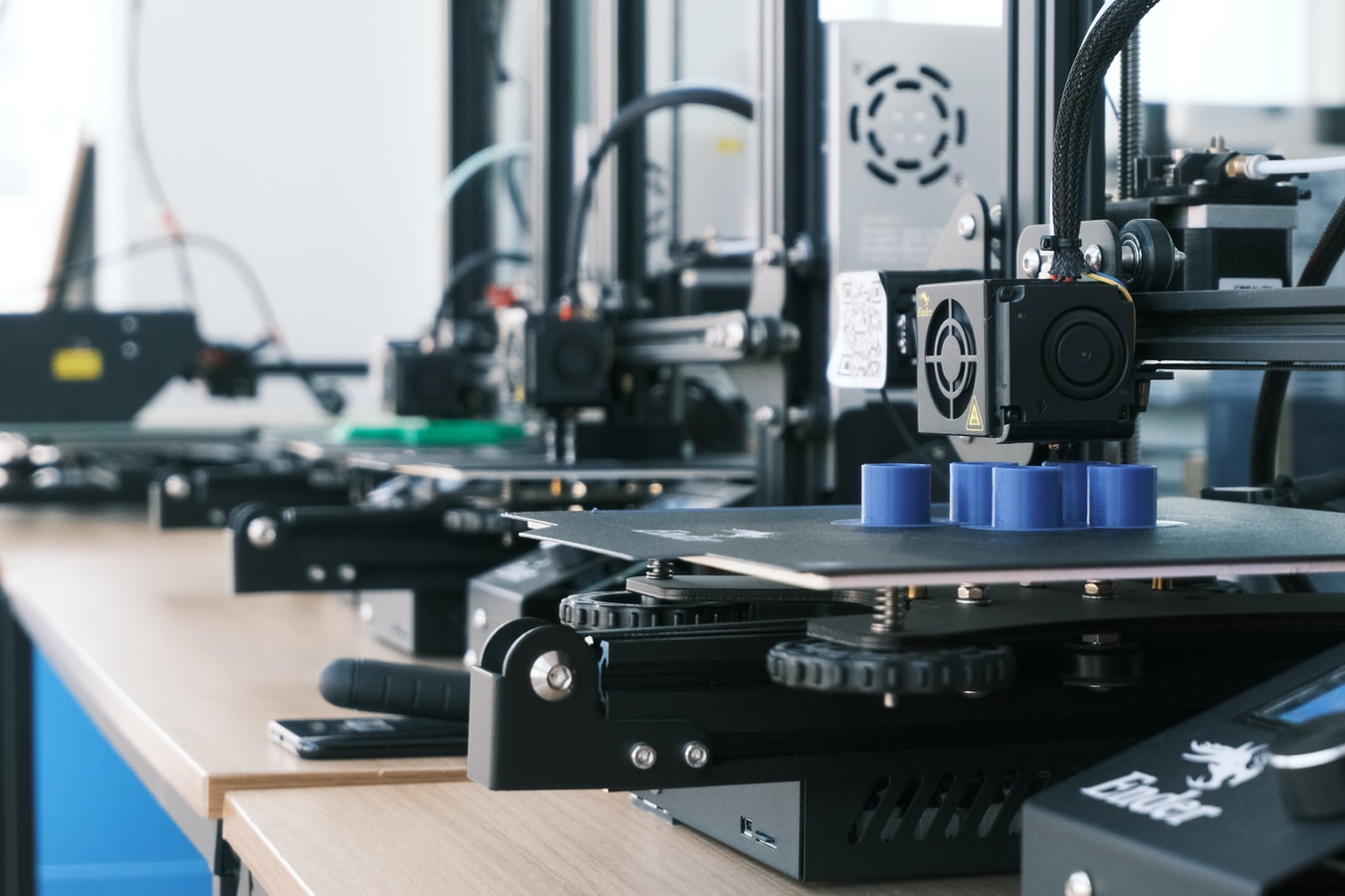If You Want to Monetise IOT, Change Your Thinking

Globally, there’s a silent shift happening. The way businesses create value and capture value is quietly transforming. This isn’t a theoretical exercise being played out by corporate strategists or the Big 5 accounting firms. It’s a dramatic shift that’s disrupting existing businesses and creating completely new business models. Businesses that adapt to this silent shift will flourish, others will falter.
I’m sure you’ve all heard the phrase ‘as-a-service’. So far this model has been restricted to electronically delivered items such as software (Xero), music (Spotify) and movies (Netflix). The concept is simple – pay for what you use.
New technologies such as the Internet of Things (IOT) will dramatically broaden this scope from virtual items to physical things such as machines and equipment. IOT isn’t purely about technology; it’s enabling new social behaviours and prompting new business thinking.
Traditional businesses will need to adapt the way they engage with customers. Product manufacturers will have the opportunity to create a more intimate relationship. Service organisations will be more efficient, as data becomes their key asset in driving competitive advantage. Businesses will need to move from an internal to external focus.
Only last week our business was engaged by a power generator manufacturer. Instead of wanting to buy more generators, their customer now wants ‘power as a service’. This dramatic change means the customer will only pay when the generator works, while the manufacturer pays when it doesn’t. This requires the business to develop a new set of skills such as the ability to monitor in real time and maintain the equipment economically, and predict failure in order to reduce costs to the manufacturer. This manufacturer isn’t the first business to received that demand, nor is it particular to one or two industries. In the same week we were approached by a large lawn mower contractor whose customer only wants to pay per square meter of lawn mowed.
This new phenomena is now being referred to as ‘Smart Connected Services’ and is being enabled by the IOT. The way you engage your existing customers is the largest transition required. Those businesses that can adapt their thinking, business models, product offerings, sales models and service offerings will drive competitive advantage.
So how do you prepare for this type of change? This is multi-faceted but here goes…
Let’s break down the key elements of a traditional business approach. Then I’ll compare it against an IOT perspective.
Traditional Value Creation
Customer demands – Solve customer wants and needs in the form of products and services, reactively.
Market offerings – Standalone product that is sold, used and put into waste. Data used for decision making – Sales details are used to inform future product or service demand.
Summary: Make what they want, sell it to them once (internal focus).
Traditional Value Capture
Profit generation – Sell more of the same, faster or cheaper.
Business leverage – Input cost advantages, IP ownership and brand strength. Capability development – Maximise core internal competencies, existing capabilities and business processes.
Summary: Be more efficient at selling what customers want (internal focus).
Internet of Things Value Creation
Customer demands – Service real time needs in a proactive or predictive manner.
Market Offerings – Connected products, updated over the air with new features that generate synergistic value with other offerings.
Data used for decision-making – Information is used to enhance the product experience or create new services.
Summary: Create an ongoing experience for customers (external focus).
Internet of Things Value Capture
Profit generation – Drive recurring or annuity revenue, per unit of time or usage.
Business leverage – Add personalisation or context to product offerings, use network effects with complimentary offers.
Capability development – Identify ecosystem partners that can enhance and extend your value proposition. Not everything done in-house.
Summary: Keep customers engaged through extending the product value proposition (external focus).
As you can see, when products are internet connected the value being offered to customers can be extended. By extension, this same thinking needs to be applied to not only your products and services but your organisation. Through building a long-term relationship with your customer and by using data to understand them better, you can extend the intimacy, engagement and profitability.
Much of the focus on the disruptive technologies such as IOT has been around the technology itself. Clearly that’s only a small piece of the story. If you’re prepared to change your thinking about how you engage with customers and how you create value, then you’re better positioned to monetise what this technology has to offer.
For a more detailed white paper (18 pages) on Internet of Things Business Models, please see our website or click this link.
Anyone who is interested in exploring these ideas further can contact me at sales@movus.com.au
Brad Parsons is CEO and Founder of MOVUS, a solution business dedicated to enabling a better world through more efficient usage of resources. Browse our website to find more information.
This article was first published on LinkedIn on 17 May 2016.
Image source: https://blog.readytomanage.com/is-there-really-such-a-thing-as-a-personality-type/

